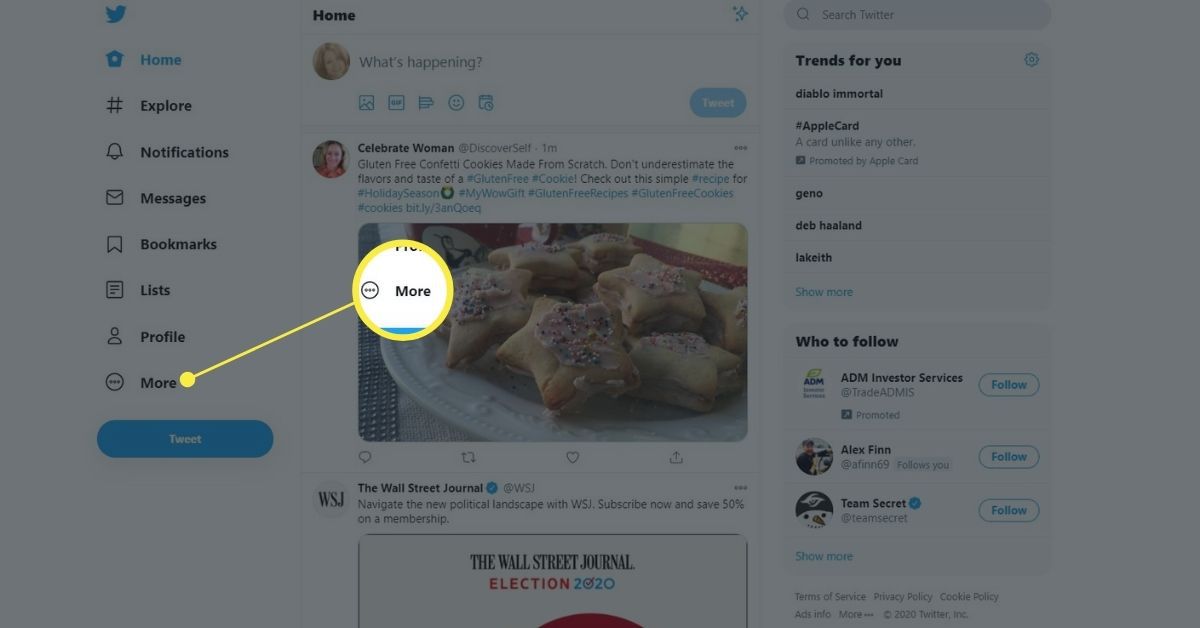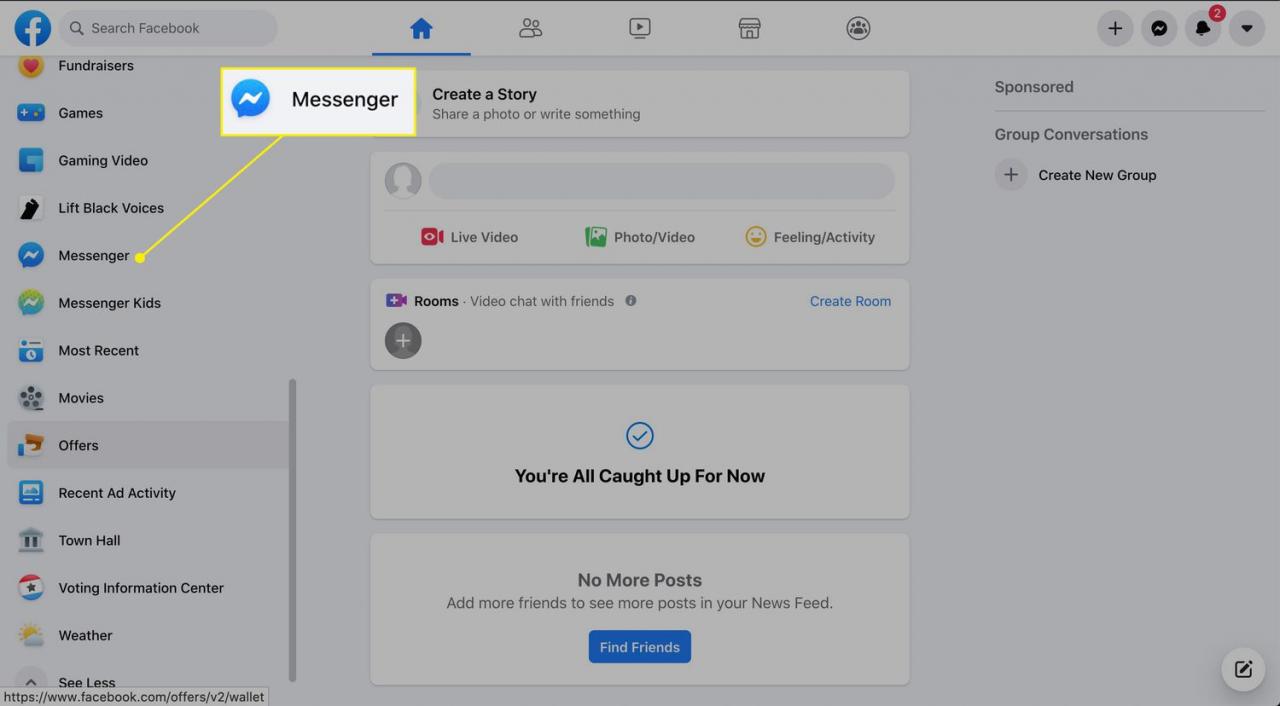
The Federal Reserve took a “wait-and-see” technique to its benchmark rates of interest Wednesday, declining to either raise or lower it– here’s what that means for high-yield savings accounts.
By leaving the federal funds rate at its current variety of 5% to 5.25%, still its highest level since 2007, the central bank put neither upward nor downward pressure on the rates banks offer on high-yield cost savings accounts.
The Fed funds rate heavily affects rate of interest on all kinds of financial automobiles, including those for high-yield savings accounts. The Fed has raised the rate 10 times given that March 2022 in a project to moisten inflation, and that’s translated into higher yields for cost savings accounts.
As of Wednesday, the very best high-yield cost savings accounts were offering rates of interest of 5% or more. That’s compared to just 0.7% for the leading rate in February 2022 when the Fed’s own rates of interest was pegged near no to stimulate loaning and loaning and enhance the economy.
With inflation having fallen from in 2015’s peak, Fed officials have actually grown more reluctant to raise rates because of the civilian casualties it might have on the economy. High borrowing costs have actually kept back customer spending and the real estate market, raised the danger of an economic downturn, and exposed fractures in the banking system.
Nevertheless, with inflation still running well above the Fed’s target rate of 2%, Fed officials have actually indicated that more rate walkings at future meetings are possible, with members of the Fed’s policy-setting committee predicting another 50 basis points of rate walkings before the year ends.
Traders commonly expect the Fed to trek its rate of interest one more time at its July conference, and after that begin cutting it at the end of the year, according to the CME Group’s FedWatch tool, which forecasts Fed rate walkings based upon Fed futures trading data. That means rates might still get greater before they get lower.












